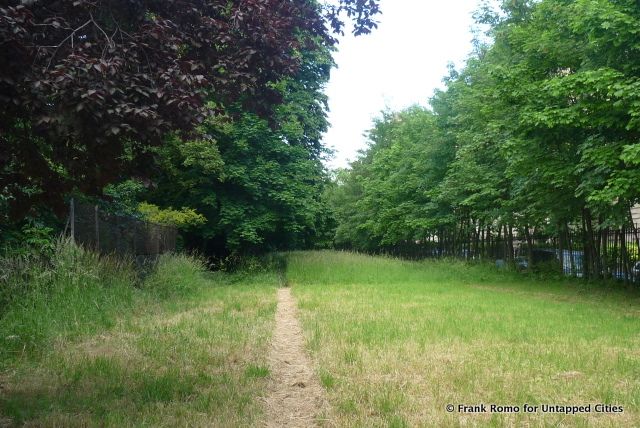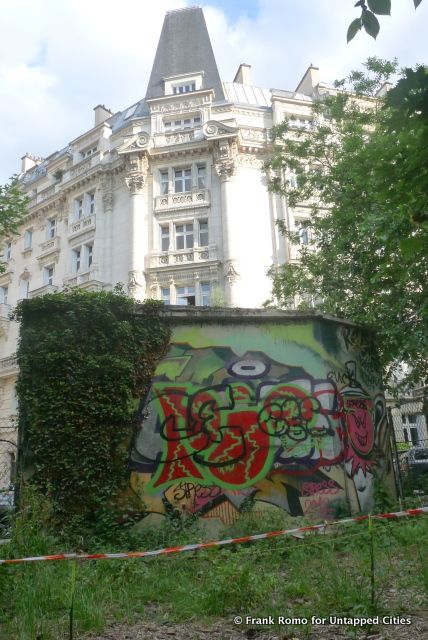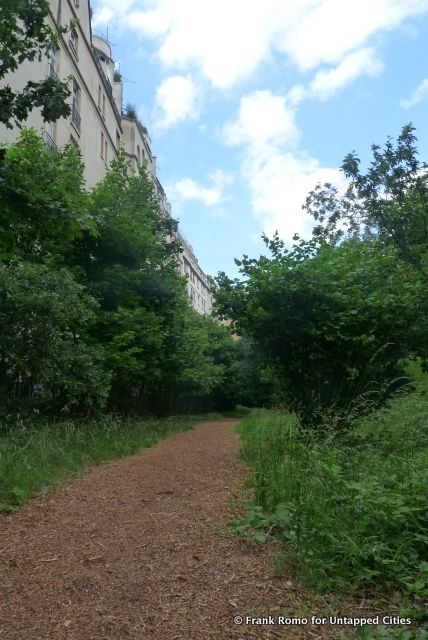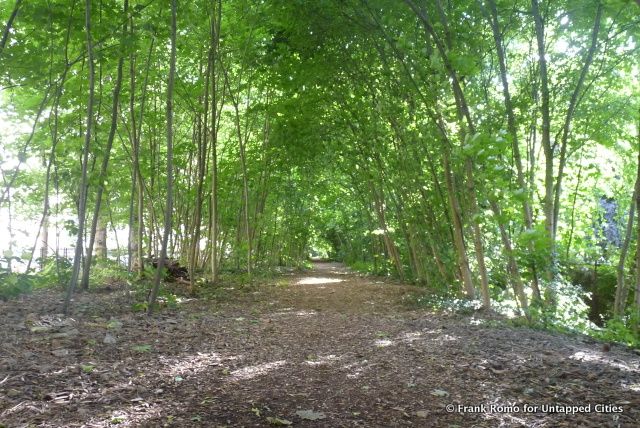✨You Can Touch the Times Square New Year's Eve Ball!
Find out how you can take home a piece of the old New Year's Eve ball!


The Petite Ceinture or Little Belt railway is a 17-mile long abandoned rail line circling within Paris. Built between 1852 and 1869, the railway served as a fortification around the city and a connection point between all of Paris’ major train stations. As the city limits expanded and the current metro system became the prominent means of transportation, the Petite Ceinture became obsolete. Passenger service along the railway was discontinued in 1934, when the final station closed.
Although a small portion of the abandoned rail was repurposed for the regional RER transportation system, a majority of the original railway remains in disrepair and overgrown with wild vegetation. Walking along the railway is prohibited in most areas because the long tunnels and deep trenches create a discontinuous walkway with limited entrances and exits for pedestrians. But the railway can still be accessed by hopping a few fences, making this neglected urban space an enticing destination for urban explorers and artists. Abandoned buildings adjacent to the railway have become canvases for graffiti artists, creating a stark contrast between the overgrown railway and its surrounding neighborhoods.

Although the Petite Ceinture has garnered a great deal of attention over the past decade, its future remains in question. The primary proposals for this wealth of unused space are aimed at promoting pedestrian access while maintaining the natural environment. Most recently, a 1500-meter stretch of railway in the sixteenth arrondissement was converted into a pedestrian path that showcases the biodiversity inhabiting the deserted railway. Given Paris’ biodiversity initiatives, this move is unsurprising. The nature walk, home to over 200 different species of plants and animals, is a small two-person path surrounded by foliage and a continuous tree canopy that seclude pedestrians from the city.


While some portions of the Petite Ceinture are in the process of being transformed into accessible green spaces, most of the rail line is still abandoned and will remain so until the city can come to a consensus about how to proceed with the unused infrastructure. A variety of agencies have surveyed the railway and found that adapting the long tunnels and trenches to new uses can be quite difficult due to existing safety hazards. Residents’ concerns about noise pollution and increased activity in their neighborhoods have also halted plans to reuse the old right-of-way for transportation or other public uses.
The dilemma of repurposing the Petite Ceinture will play out differently in every section of Paris because the railway offers unique challenges and opportunities depending on how each segment is integrated into the surrounding neighborhoods. Nevertheless, recent developments like the nature walk demonstrate how simple interventions can provide enjoyable public spaces and promote a healthier city without requiring costly changes to the existing infrastructure.
You can also catch a glimpse of the Petite Ceinture from the windows of La Fleche D’or, a music venue converted from an old station, or Mama Shelter.
Subscribe to our newsletter